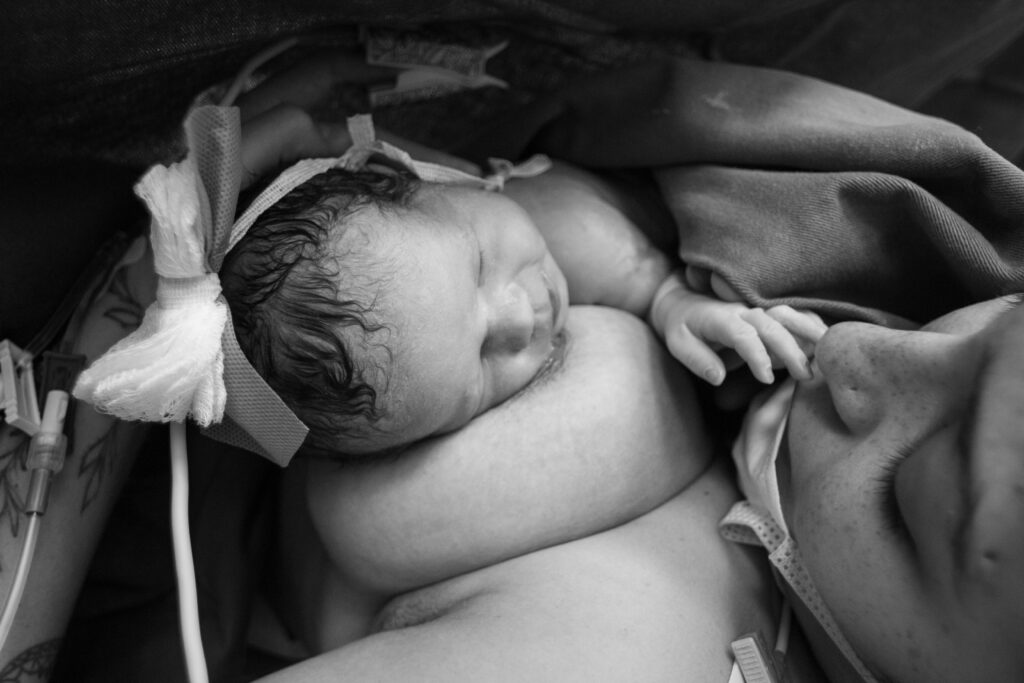 As a doula, we know we support all births. However, it is not uncommon for families to wonder if doulas and epidurals go together. While doulas are often associated with unmedicated childbirth, doulas play a vital role in all birth support.
As a doula, we know we support all births. However, it is not uncommon for families to wonder if doulas and epidurals go together. While doulas are often associated with unmedicated childbirth, doulas play a vital role in all birth support.
Contrary to popular myths, doulas and epidurals actually go hand in hand. Your role in supporting a client before and after an epidural can truly improve birth outcomes. You can especially improve reports of a positive birth experience.
However, what is the best way to support a client after an epidural? These top tips can help!
Help Clients Be Active Participants in Their Birth Experience
As someone who has supported families for years, I’ve found that how a birth unfolds is not what makes a positive or negative birth experience. How a person feels and is treated, and if they felt like they were an active participant in the decision-making process is often what dictates positive versus negative experience.
Some clients hope to avoid having an epidural. Other clients are open to or planning to use an epidural. Regardless of their initial plans, no one wants to feel pressured into having or not having an epidural.
During prenatal sessions, you can help clients learn about their options, benefits, and risks of different pain relief methods. You can also help them learn about the BRAIN acronym, using their voice, and how to be an active participant in making decisions.
Another important part of deciding on pain methods is understanding the difference between pain and suffering. Pain is a very physical experience. However, suffering extends from physical experience to also being a mental and emotional experience. No one should feel they are suffering during labor.
During birth, you can help clients remember it is their birth and you are there to help support them. You can remind them that they get to make the decisions to have an epidural or not, and when they might want it. When clients decide what is best for their birth experience and they have a full understanding of benefits and risks, they can feel empowered regardless of how birth goes.
Continue to Help Clients Stay Active
Sure, after an epidural a client is no longer able to get out of bed. In fact, some will completely lose feeling and intentional use of their legs. There won’t be walking the halls or bouncing on the ball. However, it is still possible and important to stay active, except for needing some rest, of course.
Outside of rest, frequent position changes can help reduce the risk of labor stalling or slowing. It can also allow baby to continue to better navigate positioning for birth.
Helping a client go from back to side, leaning over a ball or the headboard, or using a throne position can be extremely beneficial for keeping labor progressing. It can also be helpful to use a peanut ball or pillows to help the pelvis stay better open and aligned.
Doula and Epidurals – Keep Using Gravity!
In addition to helping clients stay active, encourage clients to make use of gravity. The throne position, which is using the laboring bed to keep you fully upright, is excellent for laboring. During the pushing stage, the throne position as well as using the squat bar and squat position are great.
Even if a person cannot get out of bed, they can use the laboring bed to make use of gravity. Keeping upright is also helpful for protecting the pelvic floor and reduce the risk of tearing. If a client has less feeling, they may not instinctually find positions which help protect the pelvic floor. Helping clients avoid extra pressure on the pelvic floor is important.
Help Clients After Birth
As a doula, you are typically present for one to two hours after birth. Often, you assist with the golden hour and breastfeeding initiation.
An epidural requires a bolus of IV fluid as well as continued IV fluid to prevent a drop in blood pressure. This excess in fluid can cause edema everywhere, including the nipples. This can make early breastfeeding difficult.
Prenatal education about what to expect after an epidural plus reminders after birth can help reassure clients of the normal side effects. This can be an important part of establishing breastfeeding as it lets clients know this challenge with latching is temporary.
Doulas and epidurals go hand in hand because our work is so much more than unmedicated birth. We provide education and support which are vital for all types of births. What is your top tip for clients with epidurals?
